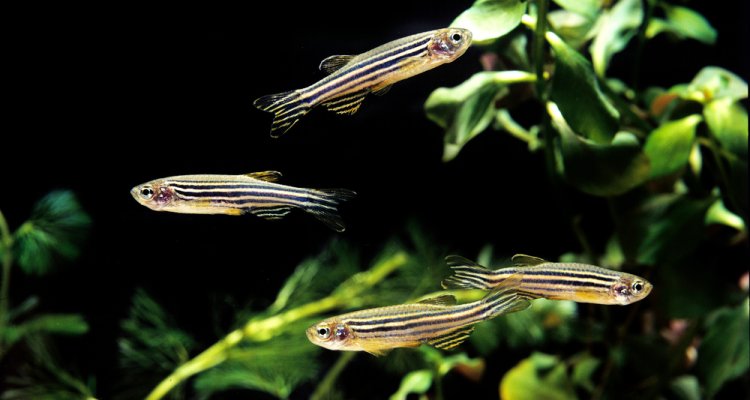
PhD defence
Morphology and activity of swimming muscles in larval zebrafish
Summary
Approximately 30,000 species of bony fish live on our planet — almost half of all known vertebrate species. This group harbors an enormous diversity in ecology and biology, which has led to remarkable differences in morphology. With this wide variation in morphology, it is striking how similar many of these fishes are in their recently hatched larval stages. Larval bony fish are among the smallest free-living vertebrates. While many are only a few millimetres long, they are capable of swimming, feeding and escaping predators, and they use their rapidly developing axial (or swimming) muscles to achieve this.
The aim of this thesis is to improve our understanding of how larval bony fish use their muscles to swim. Using zebrafish (Danio rerio) as a model species, we describe muscle morphology by quantifying axial muscle-fibre arrangements, we model relative muscle-fibre length changes (strains), and we developed a new method for quantifying muscle-activity patterns.